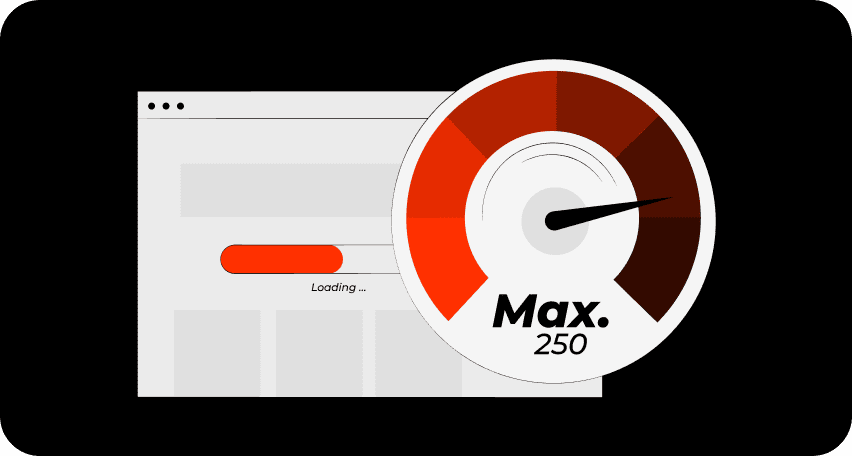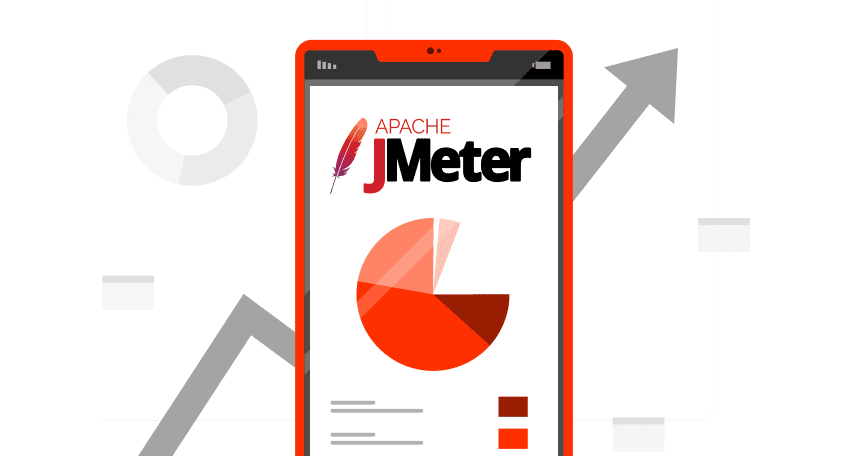Experience leads to knowledge
How to Speed Up a WordPress Site

We have a lot of experience in the field of web performance optimization, so we would like to share with you our best practices for solving such problems. In this part of the article, we will cover how to test a website on the WordPress platform, give you useful tools and important metrics for website testing. Additionally, we will shed light on site performance optimization.
What is Performance Engineering: Overview

When software systems slow down, fail under load, or require endless last-minute fixes, the problem often traces back to one thing: performance wasn’t part of the plan from the start. That’s what performance engineering solves. Unlike relying on testing to find and fix bottlenecks after development, implemented performance engineering builds efficiency, scalability, and stability directly […]
Top 6 K6 Alternatives Overview

K6 is a lightweight tool designed for developers using JavaScript. It’s easy to write simple test scenarios, especially for microservices or static websites. K6’s low resource usage and free version with limited features make it attractive for quick, small-scale testing. However, for more complex scenarios—such as distributed testing or advanced data pool management—K6 falls short. […]
Product Drops: Everything You Need To Know

Product drops have become a powerful strategy for brands to generate excitement, drive sales, and build loyal customer bases. According to PYMNTS’ research, nearly 72% of Generation Z and bridge millennials reported feeling a stronger connection to brands that engaged in product drops. But executing a successful drop demands precision in planning, marketing, and digital […]
Be the first one to know
We’ll send you a monthly e-mail with all the useful insights that we will have found and analyzed
Big Data Conference Europe 2025

Big Data Conference Europe is a four-day conference with technical talks in the fields of AI, Cloud and Data.The conference will take place both on-site and online, providing the opportunity for everyone to participate in their preferred format.
How to Test Performance of gRPC

Software interfaces were invented to integrate applications. They work as a kind of port through which you can connect to third-party software and interact with it, for example, send a request to a database and get a response. To make the interface usable for other software, there have to be some rules—what requests can be […]
Performance and Load Testing using Locust

If you would like to write user scenarios in plain-old Python using a distributed and scalable tool with a Web-based UI, this article is just for you. Low threshold makes Locust attractive for junior testing engineers, whilst many senior specialists turn to Locust, too, when they get tired of Apache JMeter.Whether you are junior or senior, if you’ve ever wondered how to use Locust for load testing, we are sure you will enjoy this intro, as seamless as it is. After reading it, you will be able to start your load tests in Locust right away.
10 Steps to Great Mobile App Performance Testing Using JMeter

Nowadays, almost every company has its own mobile app which provides millions of customers with products and services for all kinds of requests. Just think of it: every day, developers upload thousands of new applications to Google Play and App Store. In this blog post, we will take a step-by-step look at how to write a load script for a mobile application and run a test by generating HTTP/HTTPS traffic on the app server using JMeter.
People love to read
Explore the most popular articles we’ve written so far
- Top 10 Load Testing Tools for 2025: The Deep Dive Sep 9, 2025
- 10 Steps to Great Mobile App Performance Testing Using JMeter Jan 9, 2025
- 10 Steps to SAP Performance Testing Dec 27, 2024
- Top 10 Current Trends in Software Testing for 2024 Jan 15, 2024
- How to Increase Shopify Store Speed Mar 31, 2023
- 10 Ways to Optimize Cloud Costs Feb 20, 2023
- Importance of Software Testing in SDLC Feb 10, 2023